
Why Your Business Needs a Customer Loyalty Program (And How to Start One)
A customer loyalty program isn't just a nice-to-have; it’s a must-have today for businesses aiming to thrive and grow. These programs are designed to keep your customers coming back, engaging with your brand, and even acting as advocates.
Why focus on customer loyalty?
Retention Over Acquisition: Acquiring new customers can cost five times more than retaining existing ones.
Repeat Business: Loyal customers are more likely to make repeat purchases, increasing your revenue over time.
Word-of-Mouth Marketing: Satisfied, loyal customers often become your best marketers, sharing their positive experiences with friends and family.
This article will explore the benefits of customer loyalty programs and provide a comprehensive guide on how to implement one that works for your business.

What is a Customer Loyalty Program?
Understanding customer loyalty programs is essential for any business aiming to build lasting relationships with its customers. Simply put, a customer loyalty program is a structured marketing strategy designed to encourage customers to continue purchasing from your business. These programs reward customers for their repeat business and engagement, making them feel valued and appreciated.
Types of Customer Loyalty Programs
There are several types of loyalty programs, each offering unique ways to boost customer engagement:
1. Points-Based Programs
In this type of program, customers earn points for every purchase or specific action (like referring a friend). These points can then be redeemed for discounts, free products, or exclusive perks.
Example: Starbucks Rewards allows members to earn stars that can be exchanged for various rewards.
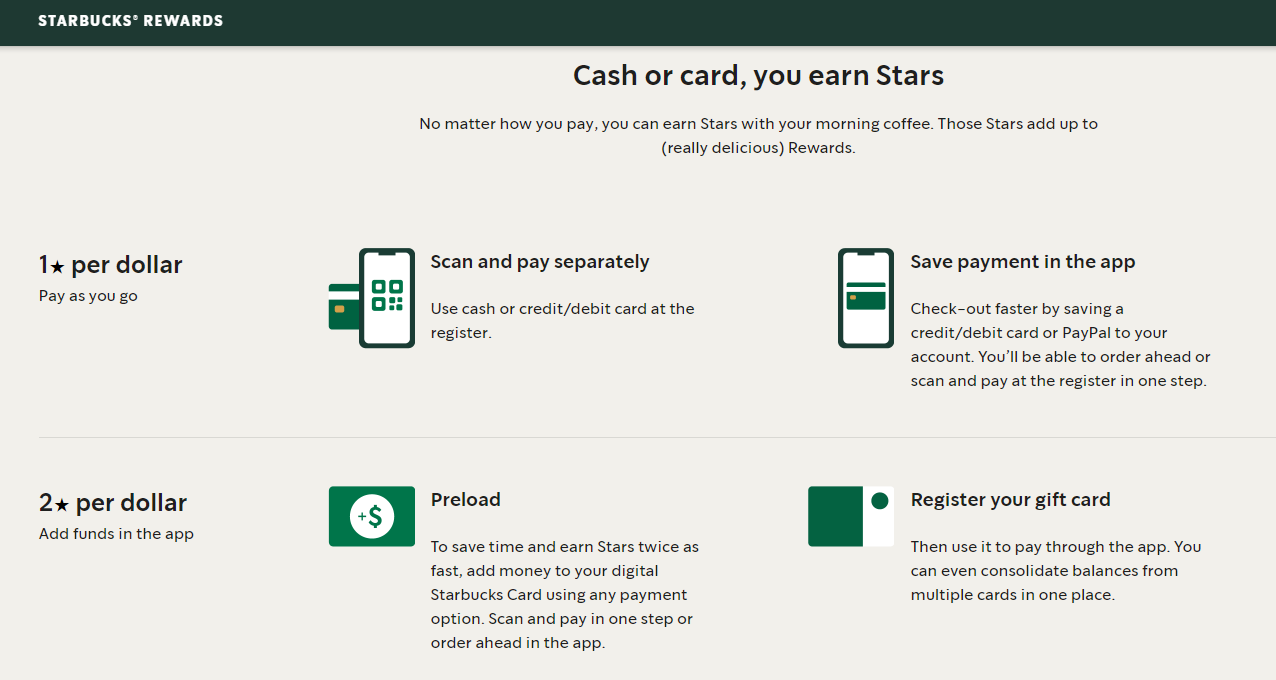
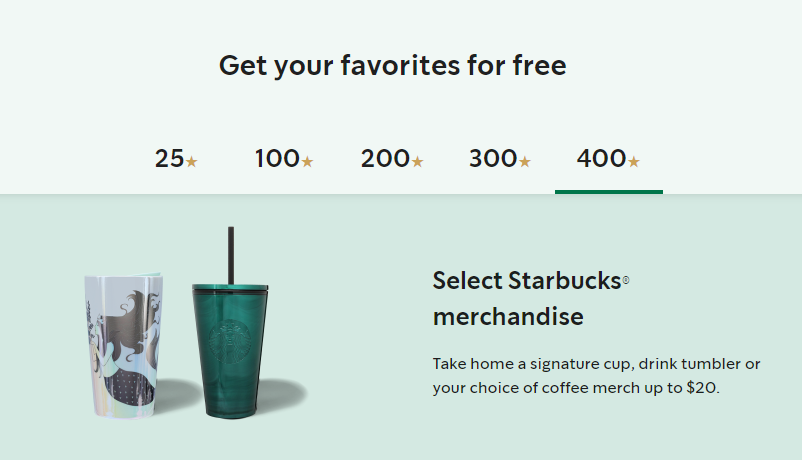
2. Tiered Programs
Tiered programs allow customers to move up tiers based on their spending or engagement level. Each tier offers increasingly valuable rewards and incentives.
Example: Marriott Bonvoy has multiple tiers, offering benefits like room upgrades and late checkouts as members progress.
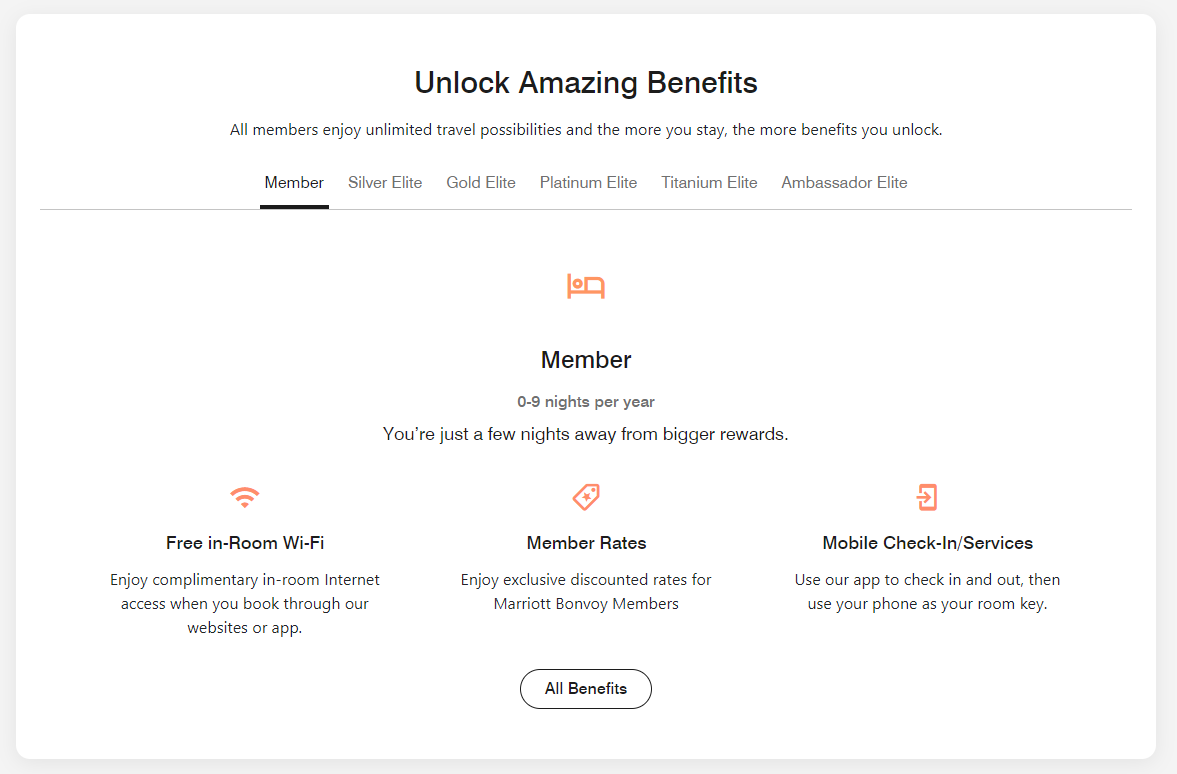
3. Paid Programs
Paid programs require customers to pay a membership fee to access immediate and ongoing benefits. This often includes perks like free shipping, exclusive deals, or priority service.
Example: Amazon Prime offers members free two-day shipping, streaming services, and other exclusive deals for an annual fee.
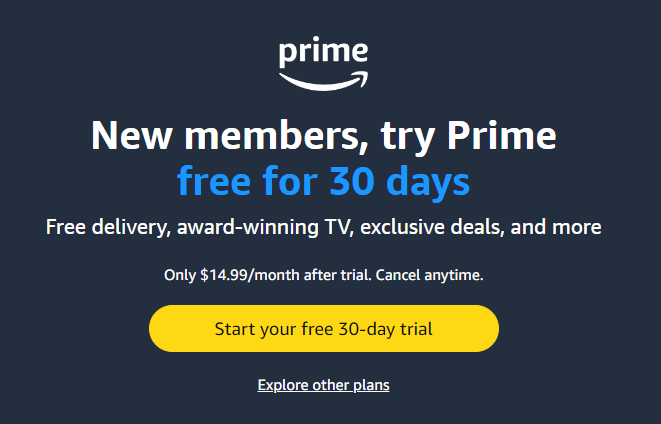
4. Value-Based Programs
Value-based programs focus on aligning with customers' values by donating a percentage of purchases to charity or supporting causes. This attracts customers who prioritize ethical and sustainable choices.
Example: Ben & Jerry’s rewards customers while supporting activism causes.
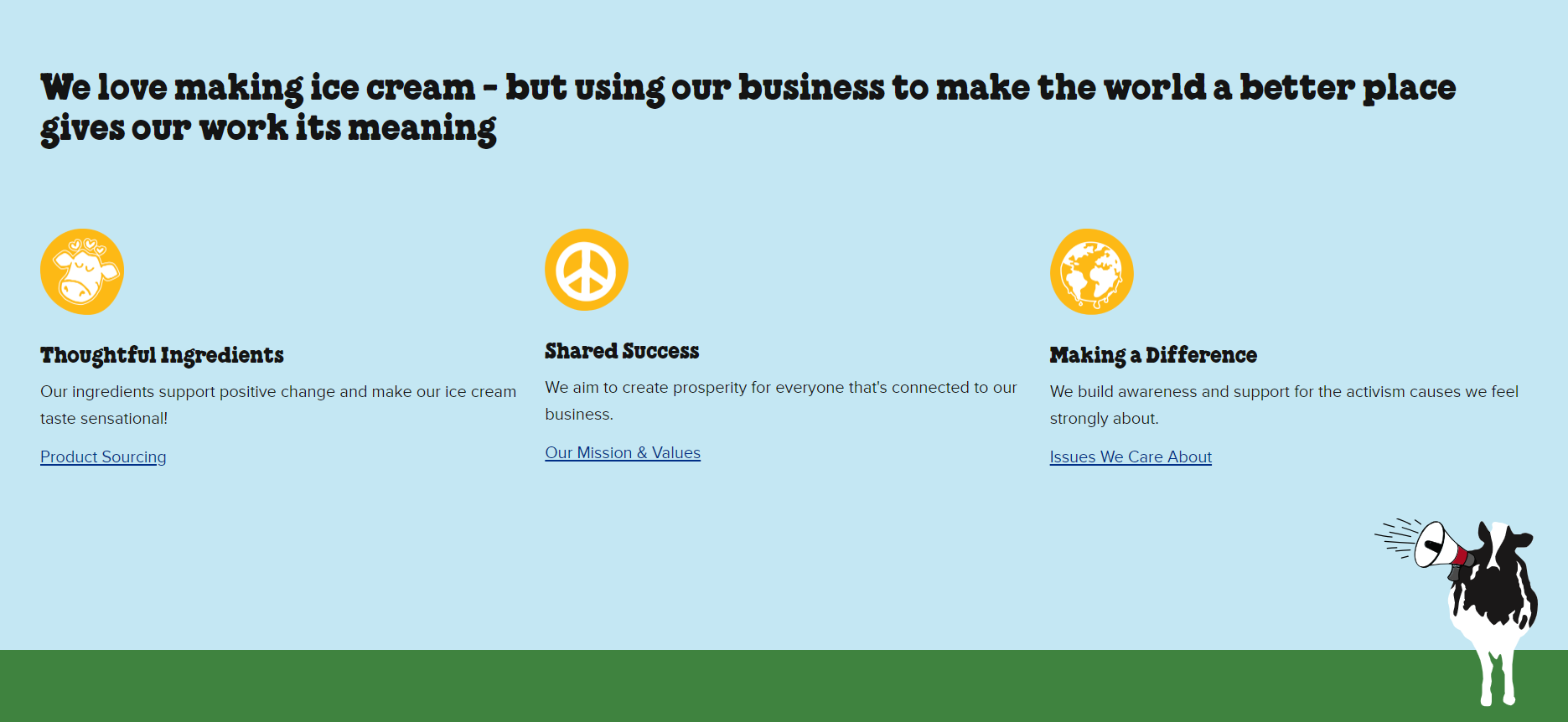
How They Boost Customer Engagement
Loyalty programs function as powerful tools by:
Encouraging Repeat Purchases: Rewards create an incentive for customers to return.
Enhancing Customer Experience: Personalized rewards make customers feel valued.
Building Brand Advocacy: Satisfied customers are more likely to refer friends and family.
By understanding these different types of loyalty programs and how they function, businesses can tailor their strategies to better engage their audience and foster long-term customer relationships.
What are the Major Challenges That Lead Businesses to Implement Loyalty Programs?
Businesses face a variety of challenges that push them to implement customer loyalty programs. Addressing these hurdles effectively can significantly impact a company's bottom line and customer relationships.

1. Customer Retention Issues
Retaining customers is often more cost-effective than acquiring new ones. When businesses see high churn rates, they realize the need for strategies to keep their existing customers engaged and satisfied.
2. Competitive Market Pressures
In highly competitive markets, standing out becomes crucial. Loyalty programs offer unique value propositions that differentiate a brand from its competitors, making it easier to retain customers.
3. Declining Customer Engagement
When traditional marketing tactics fail to engage customers, businesses turn to loyalty programs to create more meaningful and personalized interactions. These programs incentivize customers to interact with the brand regularly.
4. Low Customer Lifetime Value (CLV)
Increasing the CLV is a primary goal for many businesses. Loyalty programs encourage repeat purchases and higher spending, thus boosting the lifetime value of each customer.
5. Ineffectiveness of Traditional Marketing Strategies
Traditional advertising methods often fall short in today’s digital age. Loyalty programs provide an alternative by fostering direct and ongoing relationships with customers, which can lead to higher engagement rates.
Implementing a loyalty program addresses these challenges head-on, offering solutions that not only mitigate these issues but also drive long-term growth and customer satisfaction.

Benefits of Implementing a Customer Loyalty Program
Boosted Revenue
One of the most compelling benefits of customer loyalty programs is their ability to drive revenue growth. Loyal customers tend to spend more; they are often willing to make repeat purchases and even increase their average order value.
For instance, when customers know they'll earn points or rewards with every purchase, they're more likely to add that extra item to their cart. This behavior not only boosts sales but also encourages habitual buying patterns.
Customer Retention and Lifetime Value
Another significant advantage is the enhancement of customer retention and lifetime value (CLV). Acquiring new customers is expensive—often five times more costly than retaining existing ones. Loyal customers, on the other hand, cost less to keep and contribute more over time.
A well-designed loyalty program keeps your brand top-of-mind, ensuring that your customers return rather than defect to competitors. By consistently engaging them with personalized offers and rewards, you can extend their lifecycle with your brand, thereby maximizing CLV.
Brand Advocacy and Word-of-Mouth Marketing
Loyalty programs do more than just retain customers—they turn them into brand advocates. When customers feel valued and rewarded, they are more likely to recommend your business to friends and family. This word-of-mouth marketing is invaluable; it's organic, credible, and highly effective in attracting new customers.
Programs like Starbucks Rewards have successfully leveraged this by creating a community of engaged and vocal brand ambassadors who spread positive word-of-mouth both online and offline.
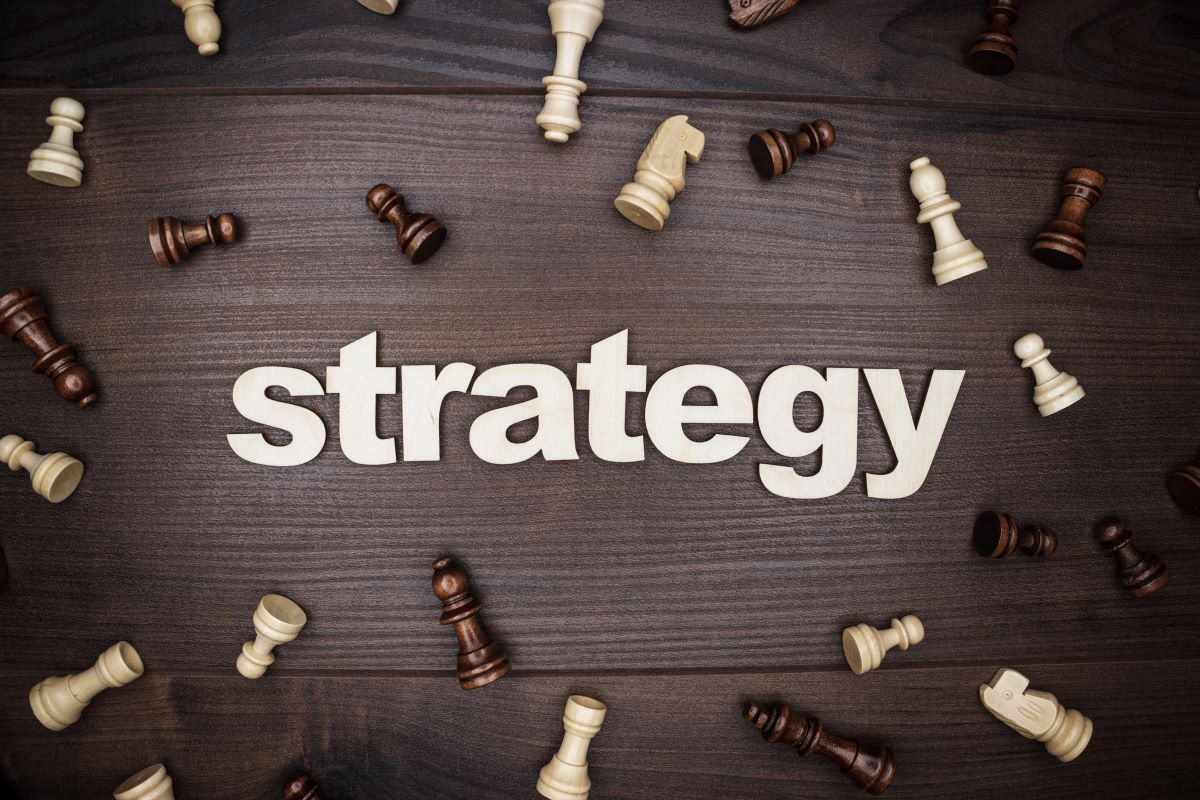
Strategies for Implementing a Customer Loyalty Program That Works
Creating a customer loyalty program might sound daunting, but with a clear strategy, you can develop one that drives engagement and boosts your bottom line. Here's how to create a customer loyalty program that works:
1. Determining Goals for the Program
First things first, you need to set clear objectives. What do you want to achieve with your loyalty program? Common goals include:
Increasing Customer Retention: Encouraging customers to keep coming back.
Boosting Average Order Value (AOV): Getting customers to spend more per transaction.
Enhancing Customer Lifetime Value (CLV): Maximizing the total revenue from each customer over their lifetime.
Having specific goals helps in shaping the structure and rewards of your program.
2. Understanding Your Target Audience
Knowing your audience is crucial. Take time to understand their preferences, shopping behaviors, and what motivates them. Conduct surveys, analyze purchase histories, or use CRM tools to gather insights. Key factors to consider include:
Demographics: Age, gender, location.
Shopping Habits: Frequency of purchases, preferred products.
Motivations: Are they driven by discounts, exclusive access, or social causes?
Understanding these elements allows you to tailor the program's rewards and communication strategies effectively.
3. Selecting the Right Type of Program Based on Business Needs
Not all loyalty programs are created equal. Choose a type that aligns with your business model and customer preferences:
Points-Based Programs: Customers earn points for purchases which can be redeemed for discounts or freebies. Ideal for frequent shoppers.
Tiered Programs: Rewards vary based on customer levels (e.g., bronze, silver, gold). This creates an incentive for higher spending.
Paid Programs: Members pay a fee for exclusive benefits like free shipping or special discounts (e.g., Amazon Prime).
Value-Based Programs: Focus on shared values; for instance, donating a percentage of purchases to charity.
By aligning the type of program with your business needs and customer expectations, you'll be better positioned to engage your audience meaningfully and drive long-term loyalty.
Exploring these strategies helps lay a strong foundation for developing an effective loyalty program that resonates with your customers and meets business objectives.
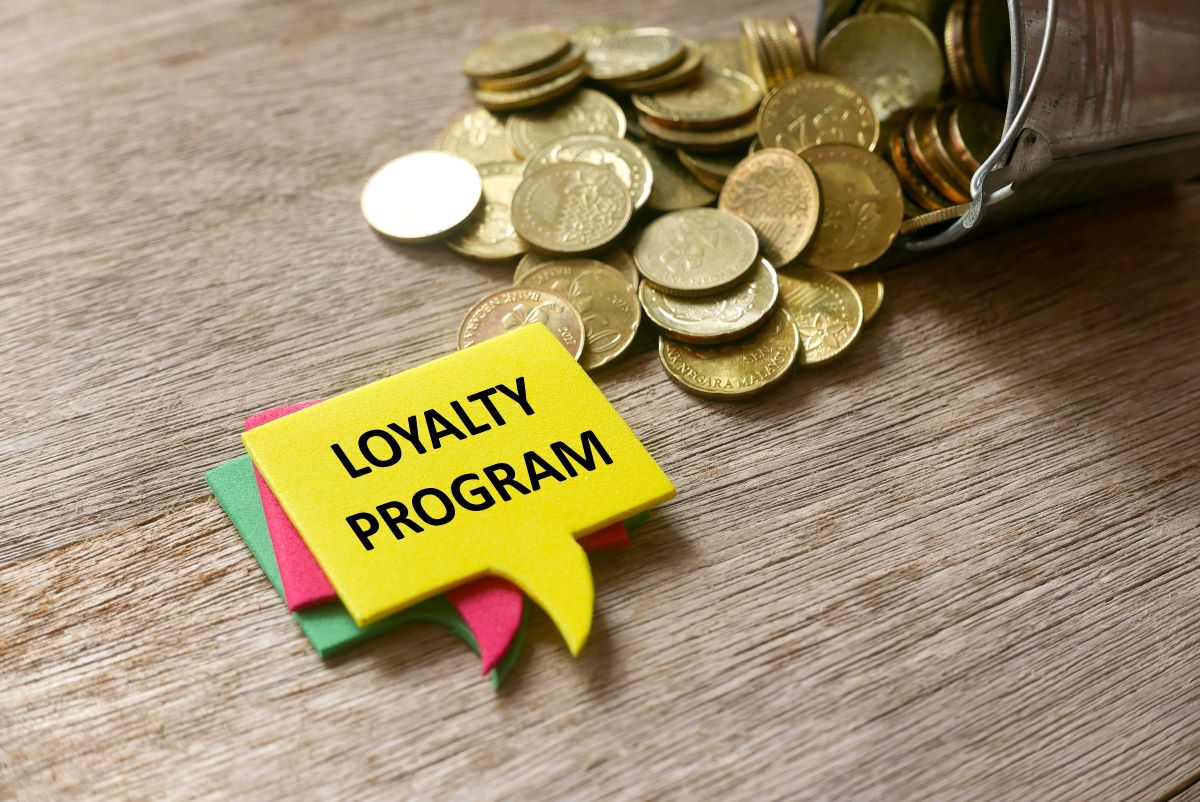
Best Practices for Launching a Successful Loyalty Program
Launching a successful loyalty program is more than just setting up a structure; it’s about ensuring that your customers feel valued and engaged. Here are some tips for creating a successful loyalty program:
Marketing the Program Effectively
To get the most out of your loyalty program, you need to market it effectively:
Highlight Benefits Clearly: Make sure your customers understand what they stand to gain. Outline the rewards, perks, and exclusive benefits they can enjoy.
Multichannel Promotion: Use email newsletters, social media, in-store signage, and your website to spread the word. Consistent messaging across all channels ensures that no customer misses out.
Engage Influencers: Collaborate with influencers who resonate with your brand's ethos to amplify the reach.
Utilizing CRM Tools for Tracking Performance
Customer Relationship Management (CRM) tools such as Google Analytics are invaluable for tracking the performance and engagement of your loyalty program:
Monitor Engagement: Track how often customers use their rewards and participate in your program. This helps identify which aspects are most appealing.
Analyze Customer Data: Use CRM analytics to gather insights on customer behavior and preferences. Tailor your offerings based on these findings.
Automate Processes: Automate communication such as reward notifications, personalized offers, and feedback requests to keep customers engaged without manual effort.
Ensuring Good Customer Service
A robust loyalty program needs to be backed by excellent customer service:
Personalized Interactions: Train staff to provide personalized experiences based on customer histories and preferences stored in your CRM.
Prompt Issue Resolution: Ensure any issues or inquiries related to the loyalty program are addressed promptly and effectively.
Consistent Quality: Maintain high standards of service across all touchpoints. Consistency builds trust and encourages repeat participation.
By focusing on these areas, you can create a loyalty program that not only attracts customers but keeps them coming back.

Engaging Customers Through Gamification
Gamification in loyalty programs can be a game-changer for your business. By integrating game-like elements into your loyalty program, you can make the experience more engaging and fun for customers. This approach not only encourages participation but also increases customer satisfaction and retention.
How Gamifying the Experience Enhances Engagement
Gamification taps into basic human psychology. People love games, challenges, and rewards. Here’s how gamifying your loyalty program can boost engagement:
Sense of Achievement: Customers feel a sense of accomplishment when they earn points, badges, or levels.
Competitiveness: Leaderboards and competitions can motivate customers to engage more frequently.
Instant Gratification: Immediate rewards for completing tasks or reaching milestones keep customers coming back.
Social Interaction: Sharing achievements on social media adds a layer of community and friendly competition.
Examples of Gamification Strategies in Existing Loyalty Programs
Several companies have successfully integrated gamification into their loyalty programs. Here are some notable examples:
Starbucks Rewards: Starbucks has incorporated gamification by allowing customers to earn stars for purchases. These stars can be redeemed for free items, and the app often features limited-time challenges that offer bonus stars.
Nike Run Club: Nike leverages gamification by setting fitness challenges within its app. Users can join running challenges, track their progress, and earn badges and rewards.
Duolingo: Although primarily an educational app, Duolingo’s use of gamification in language learning can inspire similar strategies in loyalty programs. Users earn points (XP), level up, and receive streak rewards for daily usage.
By incorporating these elements into your loyalty program, you can create an engaging experience that keeps customers coming back. Whether it's through points, badges, leaderboards, or social sharing features, gamification makes loyalty programs not just rewarding but genuinely enjoyable.

Measuring Success and Optimizing
To truly understand how well your customer loyalty program is performing, you'll need to regularly review performance metrics. Here are some key performance indicators (KPIs) to keep an eye on:
1. Retention Rates
This is a measure of how well you're keeping customers over time. A robust loyalty program should show an increase in retention rates as more customers find value in sticking around.
2. Customer Lifetime Value (CLV)
Assessing the average revenue a customer generates over their relationship with your business helps you understand the long-term benefits of your loyalty initiatives.
3. Redemption Rate
This shows how often customers are redeeming their rewards points or benefits. High redemption rates can indicate that the rewards are valuable and appealing to your customers.
4. Participation Rate
Measures how many of your total customers are actively engaging with the loyalty program. A higher participation rate may correlate with better overall customer satisfaction.
5. Net Promoter Score (NPS)
Gauges customer satisfaction and loyalty by asking how likely they are to recommend your brand to others.
By diligently reviewing performance metrics and adapting based on solid data, you ensure your loyalty program not only meets but exceeds customer expectations, driving sustained brand loyalty and business growth.

Overcoming Common Challenges
Launching a customer loyalty program can be incredibly rewarding, but it does come with its own set of challenges. Here are some common hurdles and how to overcome them:
Budget Constraints
Creating a loyalty program can be expensive, especially for small businesses. From software costs to marketing expenses, the financial commitment can add up quickly.
Solutions:
Start Small: You don't need a full-blown program from day one. Start with a simple points-based system and expand as your budget allows.
Use Existing Platforms: Leverage affordable CRM tools or loyalty apps.
Focus on Inexpensive Rewards: Offer low-cost perks such as exclusive content, early access to sales, or small discounts.
Lack of Consumer Interest
Even the best-designed loyalty programs can fall flat if customers aren’t interested or don’t see value in participating.
Solutions:
Conduct Market Research: Understand what your target audience values most. Would they prefer discounts, exclusive products, or other types of rewards?
Promote Effectively: Use email marketing, social media, and in-store signage to make sure your customers know about the program.
Offer Immediate Benefits: People love instant gratification. Providing immediate sign-up bonuses can boost initial interest.
Complexity in Implementation
Managing a loyalty program involves tracking points or tiers, ensuring rewards are delivered correctly, and keeping customers engaged—all of which can become complex.
Solutions:
Automate Where Possible: Utilize CRM tools that offer automation features for tracking points and sending out rewards.
Hire Experts: Consider consulting with companies specializing in loyalty programs to help set up and manage your system efficiently.
Keep It Simple: Avoid overcomplicating the program. Clear guidelines make it easier for both your team and your customers to understand and engage with the program.
Measuring Effectiveness
Once launched, it's crucial to measure the success of your loyalty program. Without proper metrics, you can't determine if your investment is paying off.
Solutions:
Set Clear KPIs: Define what success looks like for your business—whether it's increased retention rates, higher average order values, or more frequent purchases.
Regularly Review Performance: Use analytics tools to track performance data consistently.
Technological Limitations
Some businesses may lack the technological infrastructure required to manage an effective loyalty program.
Solutions:
Upgrade Gradually: Invest in scalable technology solutions that grow with your business needs.
Integrate Systems: Ensure that all your systems (e.g., POS systems, e-commerce platforms) are well-integrated to streamline operations.
Training Staff: Make sure your team is well-trained on any new technologies implemented to support the loyalty program.
Addressing these challenges head-on ensures that you not only launch but also maintain a successful customer loyalty program that continues to provide value for both your business and its customers.

Conclusion
Building and nurturing customer loyalty has never been more critical in today’s competitive market. Customer loyalty programs are important because they can turn one-time buyers into lifelong advocates, driving repeat business and fostering a deeper connection with your brand. These programs not only boost revenue but also enhance customer retention and lifetime value, making them an essential part of any successful business strategy.
To truly harness the power of customer loyalty, it's crucial to implement a well-thought-out program tailored to your audience's needs and preferences. Whether you choose a points-based system, a tiered approach, or a value-driven initiative, the key is to remain consistent and responsive to your customers' evolving expectations.
If you're ready to elevate your business with a strong customer loyalty strategy, consider exploring Kyrios. Kyrios is a comprehensive platform designed to enable effective growth for your business.
We offer the tools and insights you need to create loyalty solutions that resonate with your audience and drive sustainable success. Start transforming your customer relationships today!

